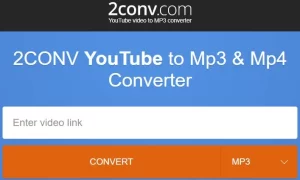Thanks to technological advances, thousands of lives were saved from the ravaging force of Hurricane Katrina. High technology was able to capture satellite photos of the hurricane before it struck Now Orleans, Louisiana and other towns, and after it left the southern coast. Technology allowed experts to forecast the speed, force, and direction of one of America’s costliest hurricanes. It would have been one of the deadliest as well had people not been warned earlier and encouraged to evacuate. However, it also showed technology its limits: it cannot stop forces of nature. As such, property, economic, and environmental damage in Louisiana were not entirely avoided.
It could have been worse. Imagine if there were no hurricane hunters, weather tracking satellite system, and weather reconnaissance tracks to detect formation of tropical cyclones and gather data inside storms? Before Hurricane Katrina hit Louisiana, US Air Force deployed a hurricane hunter aircraft. The aircraft was able to penetrate deeper into the eye of the hurricane and measure data about the barometric pressure, wind speed, and predict development and movement of Hurricane Katrina.
Cutting edge technologies were also used for rescue operations. Search-and-rescue tools include tiny robots and mini-planes designed to detect signs of life amidst ruins, sensor systems that could detect public health threats such as growth of toxic molds in the aftermaths of the storm, and Internet boxes or gadgets that turn walkie-talkies into Internet grids if phone systems are down.
Telecommunication and web surfing were also used in finding victims in New Orleans and other affected towns in Louisiana. Telecommunications also assisted rescue workers and public officials in communicating especially when phone systems were down in the storm-damaged areas.
Some relatives and friends of the victims posted on lost-and-found sections of certain websites. Normally, these sections had only about 1 or 2 postings a day. After Hurricane Katrina, postings ran in the hundreds. Even sites typically used by romance seekers have been turned into search-and-rescue, lost-and-found online bulletins. Internet has become a venue for people beyond Louisiana to show support or raise money for victims of the Hurricane Katrina.
Some sites were turned into sounding boards for some people who wanted to donate services, expertise, cash, goods, and cellphones to help relief effort in Louisiana. Some wireless companies donated phones or built solar- and battery-powered wireless networks to assist rescue workers and police in their rescue efforts.
But even old-fashioned technology played a very important part after the hurricane. AM radio, for instance, was the biggest source of information for people who had no access to news. AM radio served as channel of emergency information in accessing assistance to hurricane victims. While cellular phones network channels were destroyed, some short wave and AM radios were able to continue working. In fact, they played a very crucial role in coordinating relief and rescue efforts in Louisiana.
All in all, Hurricane Katrina clearly showed both the limits and the strength of technology. While technology was not able to put a break to the hurricane, technology helped save thousands of lives in Louisiana, as well as link people in Louisiana and beyond in common grief and common effort to restore lives after a tragedy.



